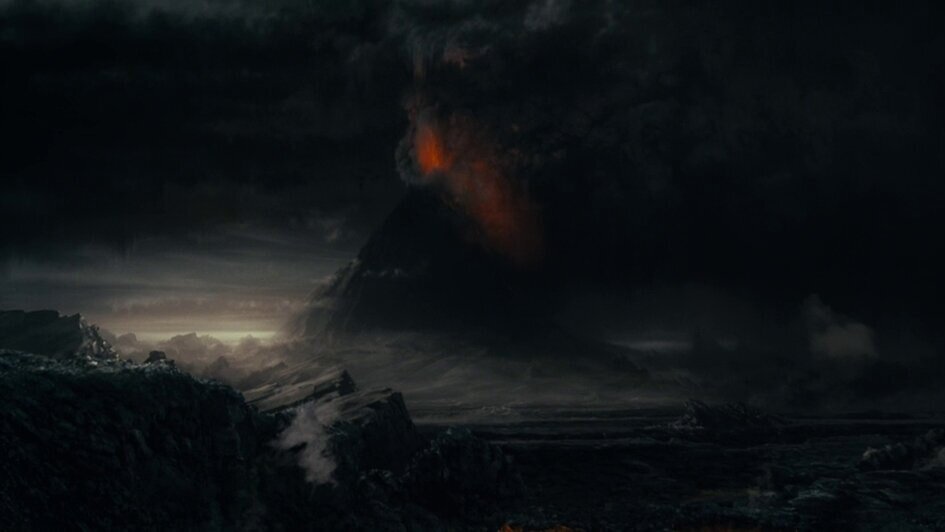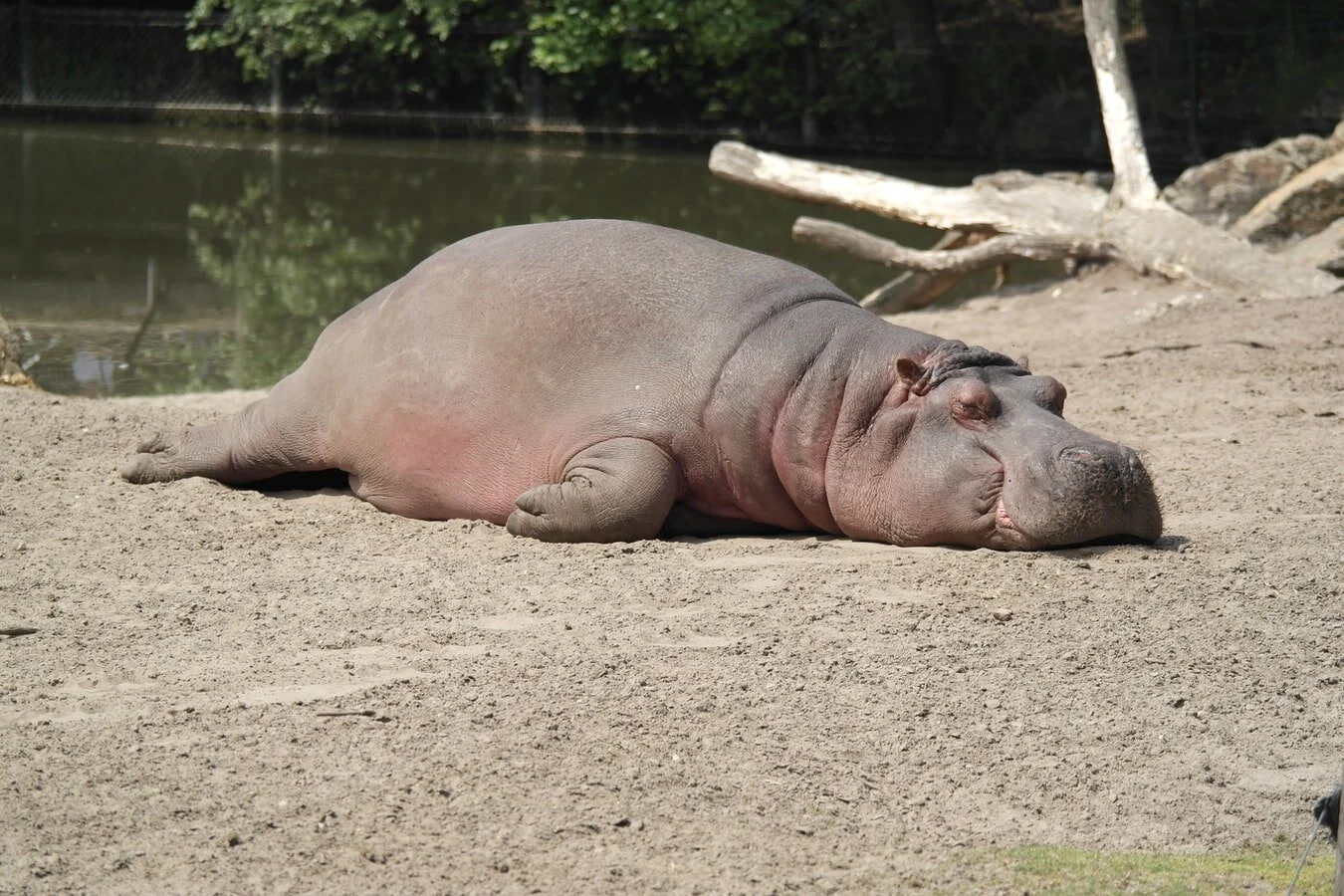Tolkien Tuesday: Story Setting and Symbolism
Have you ever felt nostalgic for a place you’ve never been?
...or a place that doesn’t even exist?
As writers, we’re also avid readers. (Probably).
If you aren’t, then you soon will be. There’s not a single writing blog out there that doesn’t talk about how you need to read more books than possible in a single lifetime. And every famous author has a quote about reading.
So, writers fall in love with a lot of fiction. And we fall in love with the places in that fiction.
How many articles have I started where I ask you to imagine a fictional place or make you choose a setting from a story to live in? I know it’s more than once!
What makes those fictional settings so impactful?
I would wager it’s much more than just fantastic descriptions.
We can be as detailed as possible, exploring every tiny thing about a setting in our story, but that doesn’t make them linger in our minds. Those details make a place realistic, but doesn’t give them a soul.
What makes us wish we were actually there when we read?
And more importantly, how do we use that as writers?
What is Setting in a Story?
I literally know this better than actual geography
I mean, you know this. You might be thinking about skipping this section and heading down to whatever Tolkien point I finally get around to making.
I get it. I skim too. We all do.
But, I want to get to the roots of what setting really is.
Anyone can imagine a different place. They can come up with a time period, environmental details, and the basics of some people that might live in that setting.
But a storyteller makes it all mean something. And therein lies the importance of what setting really is.
The setting contributes to the story the same way characters and plot points do.
The setting in a story should give more than just context to the reader. It may start that way, but slowly it should work its way into the narrative itself. It should mean something deeper.
Sometimes that’s by contributing to the history behind the world-building, like I’ve talked about before.
But sometimes, it creates powerful symbolism that hits us personally.
And suddenly, you're nostalgic for a place that doesn’t even exist. It hits a part of your childhood like the ratatouille in...Ratatouille. It jogs a feeling loose inside of us.
That’s what powerful settings can bring to the table in your story.
Which brings us to the Shire.
If there’s ever a place where fantasy geeks like me want to actually live, it’s the Shire.
How can something fictional like this make us long so deeply for it?
The Shire as Story Setting Details
Finally, someone taking social distancing seriously
First and foremost, Tolkien describes the Shire in vivid detail.
Who isn’t going to fall a little bit in love with wide green country, gentle rivers, and tame forests? It’s a place begging you to go on day hikes. And that’s just it; it’s perfect for relaxing strolls. Don’t worry about orcs around the next corner here.
It’s a place with fishing holes and taverns. Good food and cheer and naps. Who doesn’t want to live a contently peaceful life?
But it’s more than that. The Hobbits take on a personality all their own and are very different from any other race in Middle Earth. They want to be left alone and not have to worry about anything. The dream, really.
They are so much like this that they hate adventure or anything close to it. A long outing at the market might be considered an adventure.
Tolkien also does a great job of adding bits of detail as we go farther in the story. The setting takes shape even after we are out of the Shire. It makes us long for it because we are out on the adventure with the characters.
In The Hobbit, when Bilbo and crew get cornered by a bunch of wolves who are supposed to meet the goblins for their annual pub crawl–wait, no, my mistake, it was to murder humans–the wolves howl as they approach. It reminds Bilbo of a story when a long winter brought wolves into the Shire.
It’s a tiny detail, but it's enough to shape more about the Shire. It probably doesn’t snow in the Shire much, and wolves are a rarity.
So, sprinkles those details in where you can.
And this is the first glimpse of the strategy to make the Shire more than just a detail in the story. It’s a setting in the story that’s a part of the narrative.
Pin this!
The Shire as Story Setting Symbolism
That little story about the wolves adds to Bilbo’s character. We learn more about his love of storytelling (he wasn’t there for that long winter, he just heard about it. He also has a vivid imagination because he scared himself thinking of wolves howling at night, and hearing it for real almost makes him freeze up completely.)
But it’s a tiny reminder that the Shire is a place to be remembered in times of trial. It’s that peaceful place in our minds. Even a story about a long winter and dangerous wolves makes us a little sad knowing that danger entered the Shire.
In The Lord of the Rings proper, Frodo and Sam are constantly longing for the Shire. It’s painful for them, that’s how much they miss it.
It’s our connection to these characters that make us feel that longing too. The Shire is symbolic for them...and so that transfers to the reader.
The Shire isn’t just emerald green hills under a swift sunrise, it’s Frodo and Sam’s innocence.
The Shire is everything that they hope the world can return to.
So it hits even harder when they return to a Shire that’s falling apart. It was more than a home. It was a sense of normalcy.
It represents who Frodo and Sam used to be and can never return to being again.
And so it connects with us too. Even though we have never actually lived in the Shire, (a real shame), we feel like it is a part of us because of our connection to the characters. When the Shire is put into danger, so is our own identity.
Ok, that’s extreme. But the symbolism there is a powerful one.
And it’s just a place in the story. It’s a story setting. How can it be so powerful to us?
How to Build Symbolism Into the Setting of a Story
Your setting needs to mean something to the characters in your story.
Now, this doesn’t mean you have to make some nostalgic symbol of lost innocence into one of the places in your fictional world, but it has to mean something.
What emotions are tied to a place in your setting? Let the reader step into it through your character’s eyes. How is your character connected to the setting?
This will start allowing your reader, not only to have details about the world, but also have it mean something deeper.
Think about all the places in Middle Earth and what they represent.
Lothlorien is a place rooted in the past. The Elves barely speak anything other than an archaic form of Elvish. They are no longer a part of the modern world despite their care for it. They care for what was, not is.
Mordor is your cliche land of darkness, but its reach is a powerful symbol. What was once a glorious stronghold of men, Minas Ithil, is now the seat of power for the Ringwraiths, Minas Morgul. Not only is Mordor bad, it turns good things into evil places.
The very air you breathe is a symbolic fume
Moria is a place of supreme grandeur and ingenuity. But that can quickly turn a people into an arrogant and greedy culture. And so the mining operation that gave Moria its glory is the thing that becomes its downfall.
Setting can mean so much more than the details to make things visual for your readers.
Tap into what lies underneath. (It’s powerful storytelling, not a Balrog, if you’re wondering).
When you can make a place that’s alive and full of something more than a list of facts, you can connect your readers in a way that makes your world stick with them.
And they might even get nostalgic for a place they’ve never been outside of their imagination.
If you want more geeky writing advice, sign up for my newsletter. We’ll explore movies, books, games, and shows to examine the storytelling techniques that make them so great. (And then use those techniques for our writing). Join me here:











